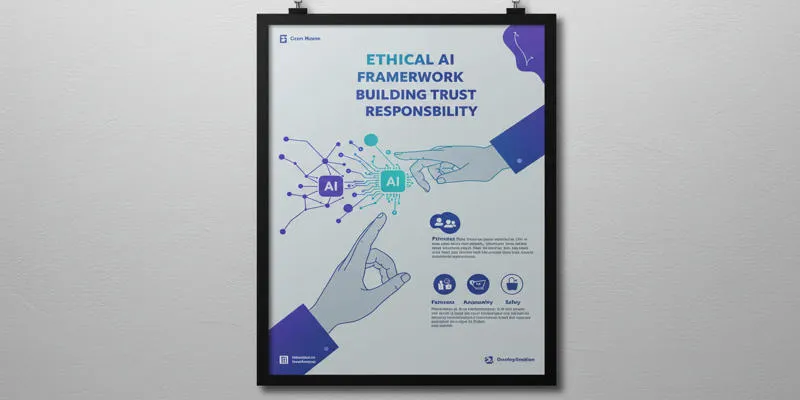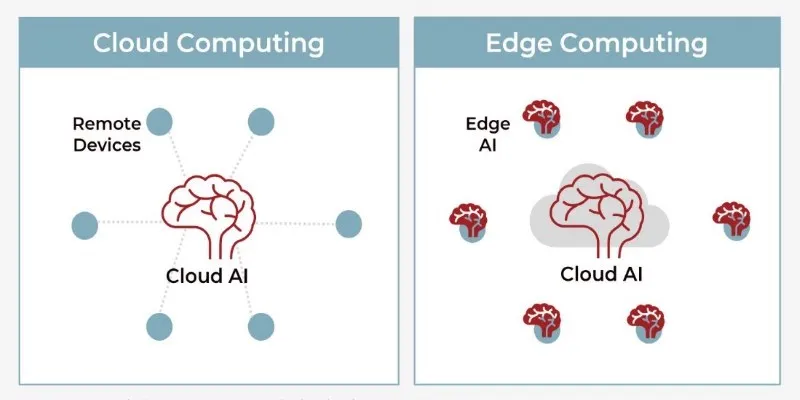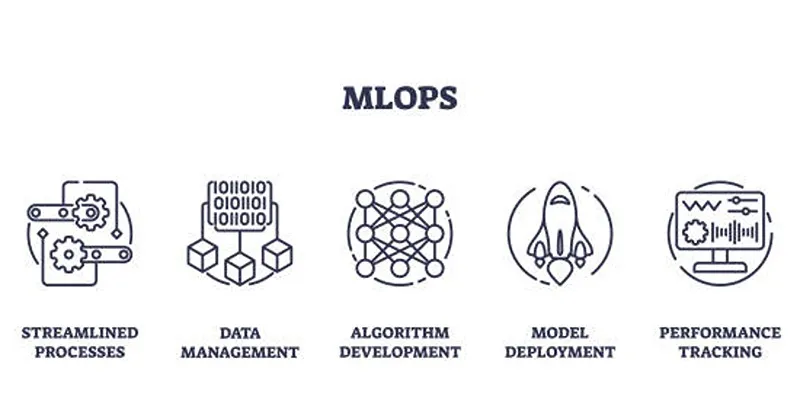The world is rapidly transitioning toward renewable energy, with solar panels and wind farms expanding. However, this growth comes with challenges. Renewable energy systems require constant monitoring to function efficiently, and operational costs are rising. This is where artificial intelligence (AI) steps in, offering a smart solution for managing sustainable energy. AI enhances power demand forecasting, grid balancing, energy storage, and site selection for new projects.
The new AI playbook isn’t just about advanced tools; it’s about working smarter. AI empowers renewable energy companies to achieve better results with less waste. In this article, we explore how AI is transforming the renewable energy landscape, making it faster, smarter, and more resilient.

Smarter Forecasting for Energy Production
Unpredictable weather significantly impacts renewable energy production. Solar and wind energy are clean but unreliable, making accurate predictions challenging for energy companies. AI provides a solution by analyzing real-time data from weather satellites, ground sensors, and historical records. Machine learning models identify patterns, enabling more accurate energy generation forecasts.
This improved forecasting helps energy companies decide when to store surplus energy and when to distribute it to the grid. It minimizes energy waste, reduces outages, and stabilizes prices, making renewable energy more reliable and manageable. With AI-driven insights, decisions are based on concrete data rather than weather guesswork, leading to enhanced energy planning and sustainability.
Optimizing Energy Storage with AI
One of the sector’s biggest challenges is renewable energy storage. Batteries and other technologies are costly, space-consuming, and can degrade over time. AI optimizes storage by efficiently managing these systems, tracking electricity usage, costs, and optimal storage or release timings. AI also extends storage device lifespan by preventing overcharging and overheating.
Smart storage management reduces costs, boosts energy availability, and ensures smoother operations. By utilizing real-time analytics, companies can avoid unnecessary storage investments and maximize battery utility. AI transforms energy storage from a liability into a valuable asset, driving efficiency and cost savings.
Enhancing Grid Management and Load Balancing
For power distribution to remain safe and reliable, energy infrastructure must stay stable. Renewable sources like wind and solar power produce fluctuating outputs, complicating load balancing. AI enhances grid management by providing real-time data and automated adjustments. Smart algorithms monitor supply and demand, directing power where it’s needed most.
AI predicts peak usage times and swiftly responds to sudden changes, such as adverse weather conditions. This dynamic load balancing facilitates the integration of renewable energy into large, complex systems, reducing the risk of overloads and blackouts. By acting faster than humans, AI turns grid reliability from a concern into a strength.

Streamlining Maintenance and Reducing Downtime
Operational issues in renewable energy systems can be costly and damaging. Regular maintenance is crucial to prevent sudden failures in systems like wind turbines and solar panels. AI simplifies this process through predictive maintenance, allowing systems to monitor performance in real-time. Sensors collect data on vibration, temperature, and energy output, helping AI determine normal operation parameters.
AI alerts maintenance teams to potential issues before they lead to breakdowns, reducing downtime and avoiding costly emergency repairs. It extends equipment lifespan by ensuring timely fixes, transforming maintenance from a reactive to a proactive approach.
Using AI for Smarter Site Selection
The location of a wind or solar farm directly affects its electricity production. Poor site selection results in suboptimal performance and financial loss. AI streamlines site selection by rapidly evaluating numerous criteria, including maps, weather data, sunlight, wind exposure, soil quality, land costs, accessibility, infrastructure proximity, and environmental impact.
AI identifies optimal sites that balance energy performance, cost efficiency, and environmental impact, reducing human error and speeding up planning. This sophisticated site selection method is a key component of the new AI playbook, helping businesses make informed decisions efficiently.
Conclusion
AI is revolutionizing the renewable energy business from the ground up. It enhances forecasting, storage, grid management, and site selection, improving reliability, reducing costs, and conserving energy. AI minimizes errors and supports long-term sustainability goals. As the demand for renewable energy increases, so does the need for adaptable, intelligent systems. The new AI playbook guides renewable companies toward smarter growth and future leadership in clean energy.
 zfn9
zfn9























